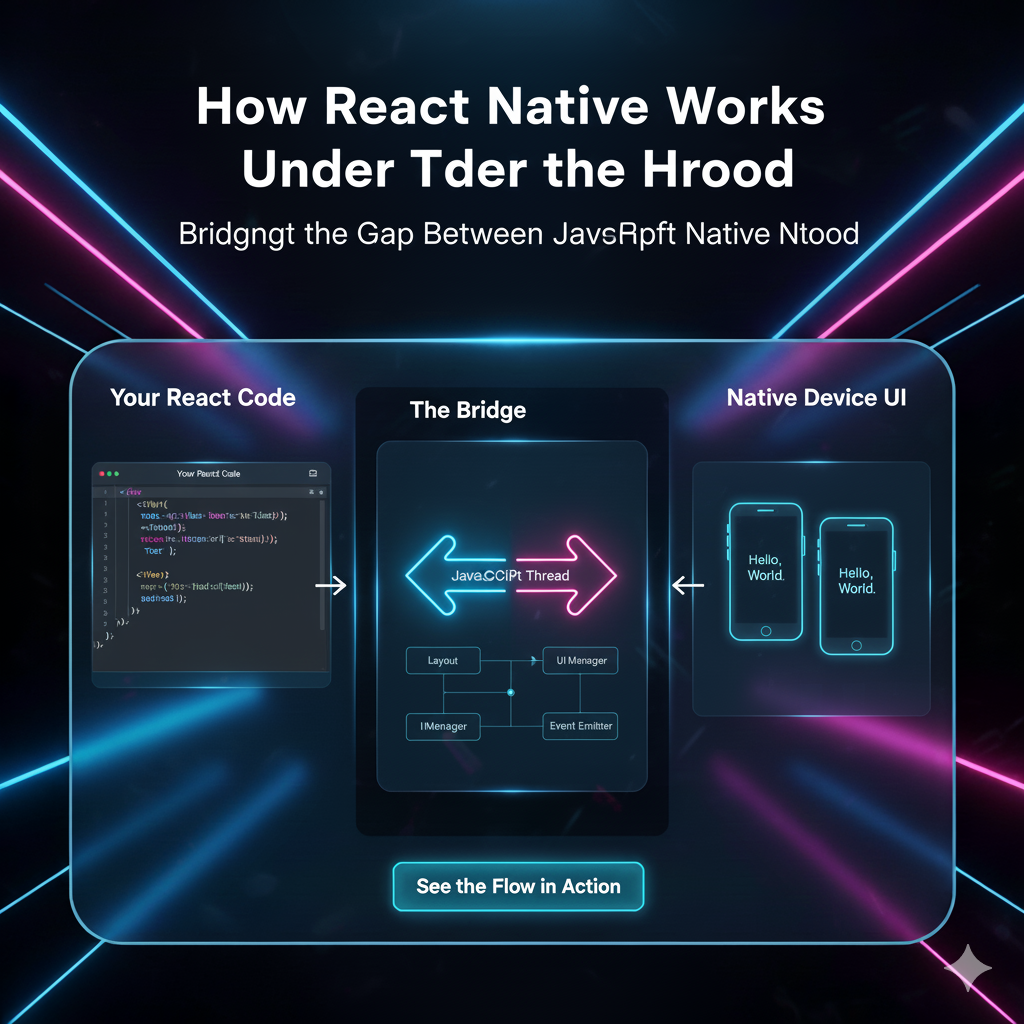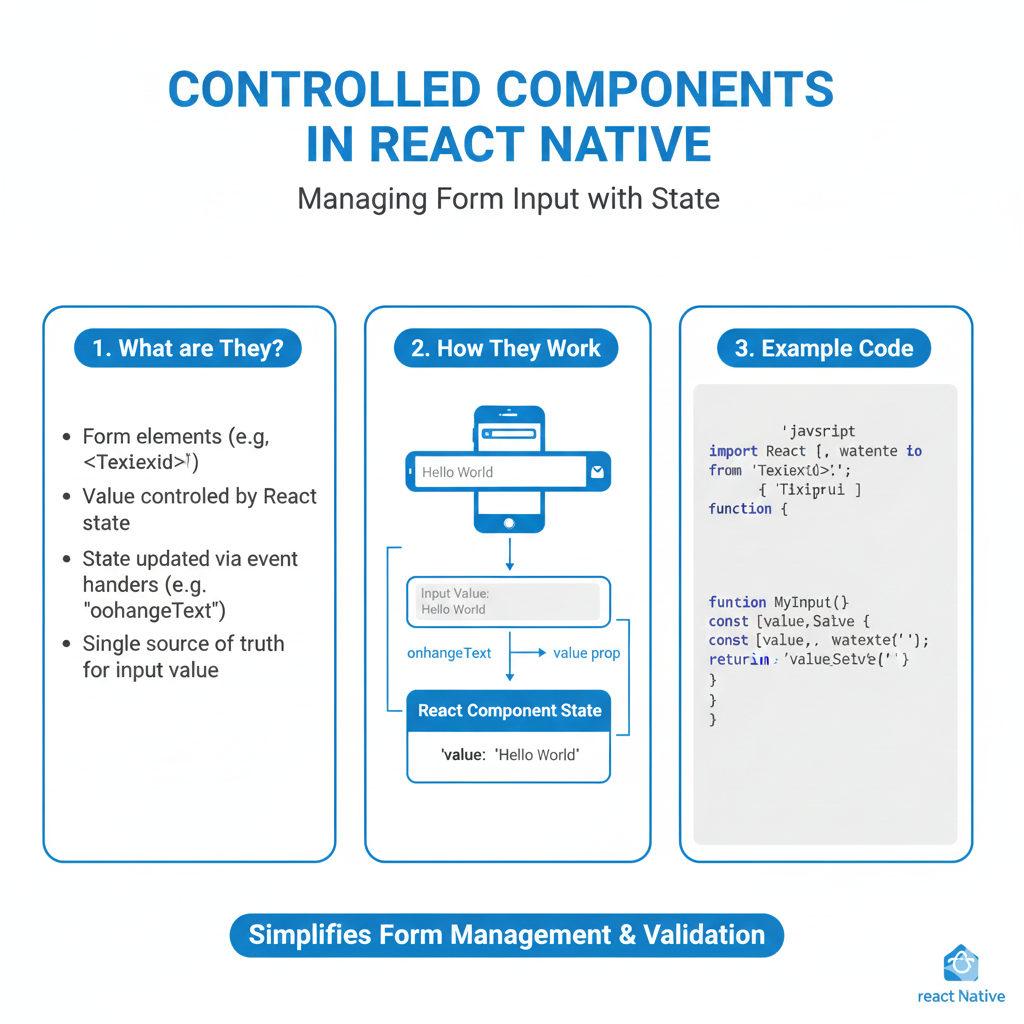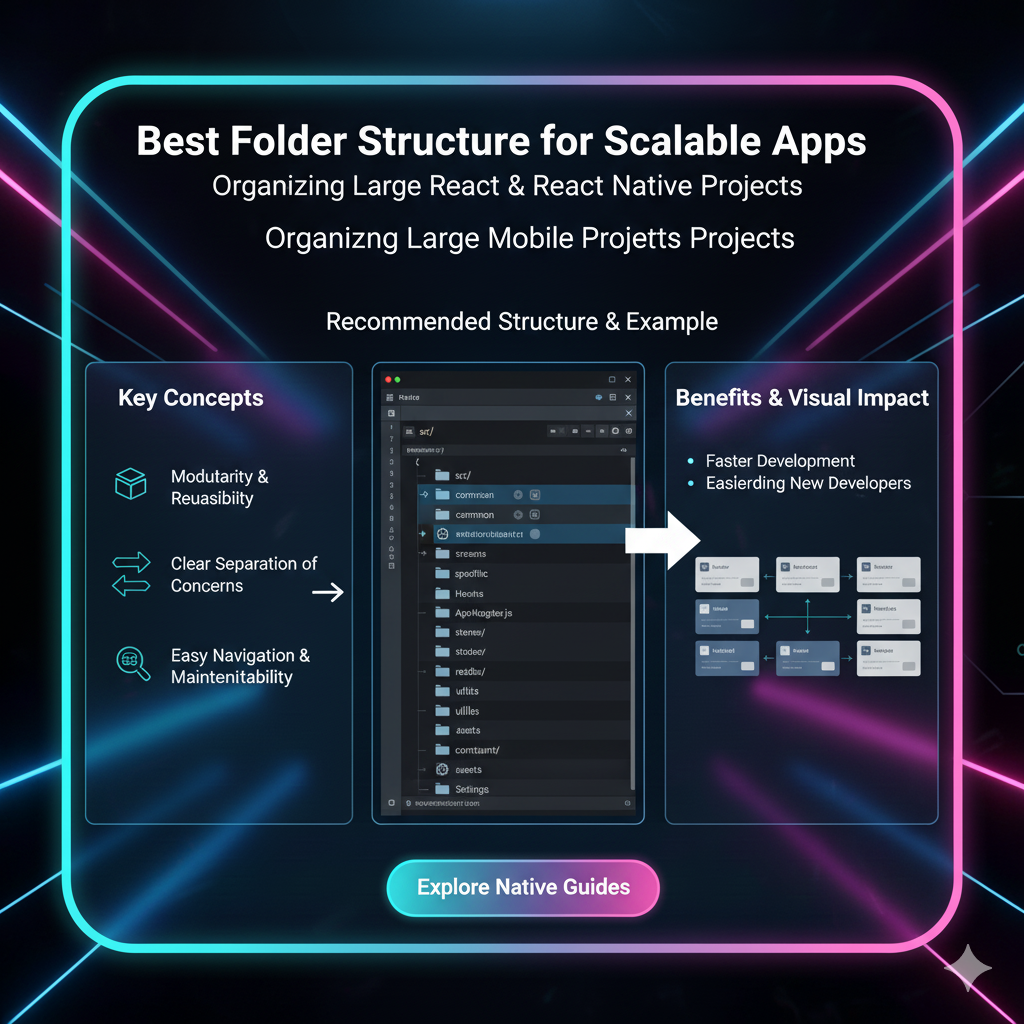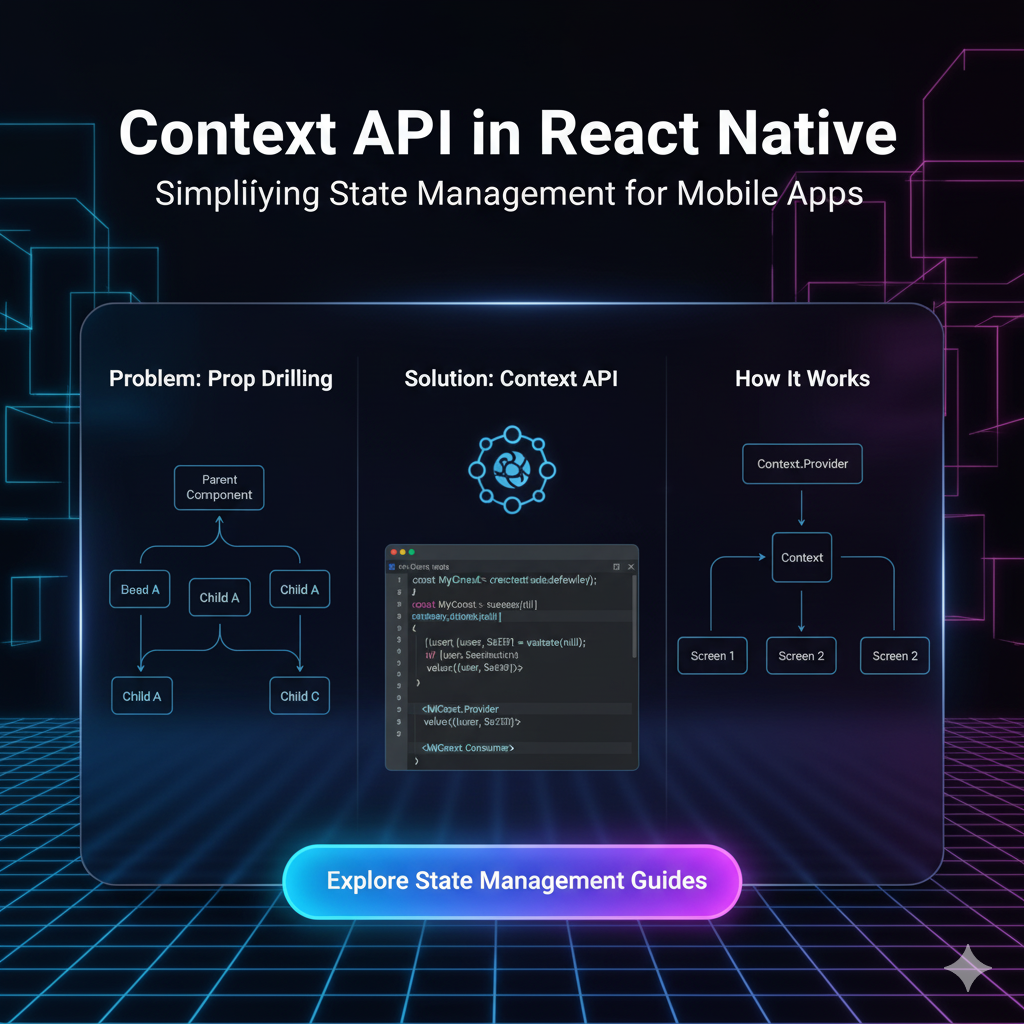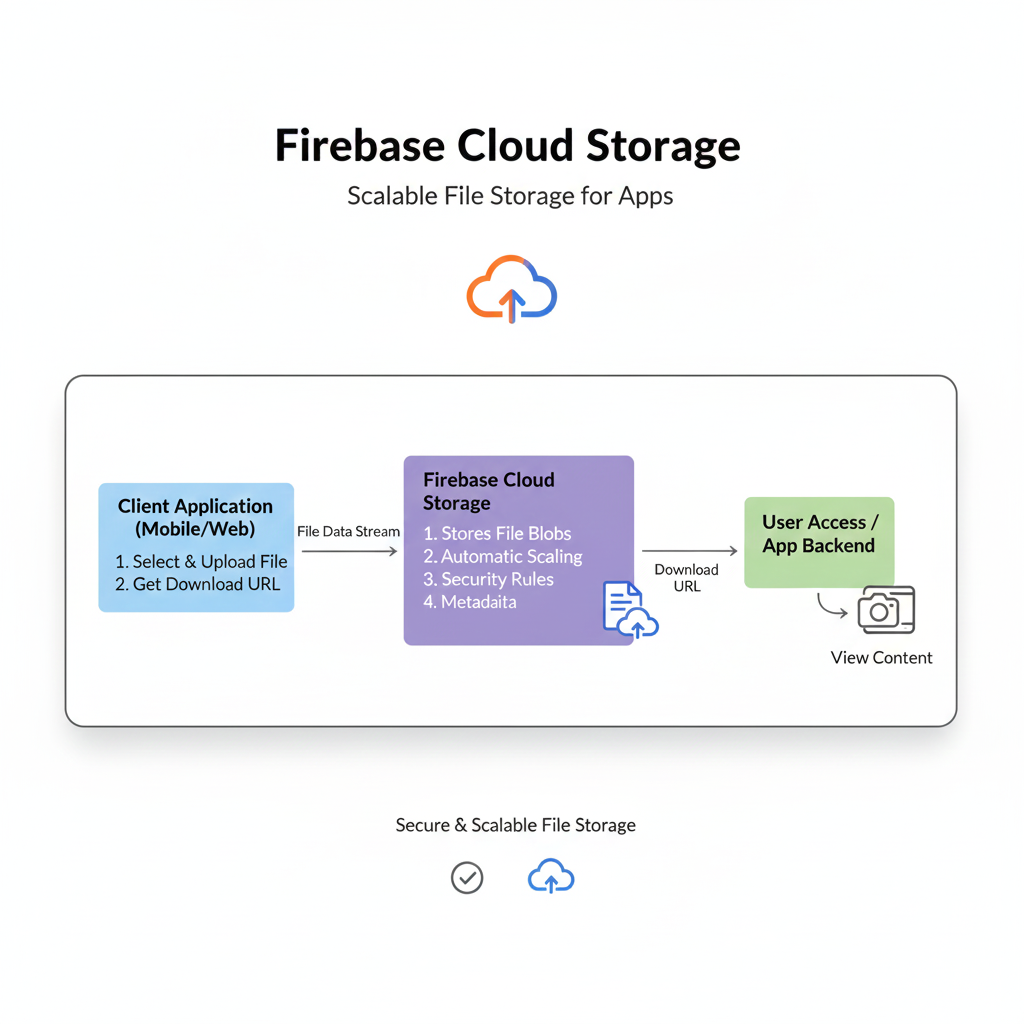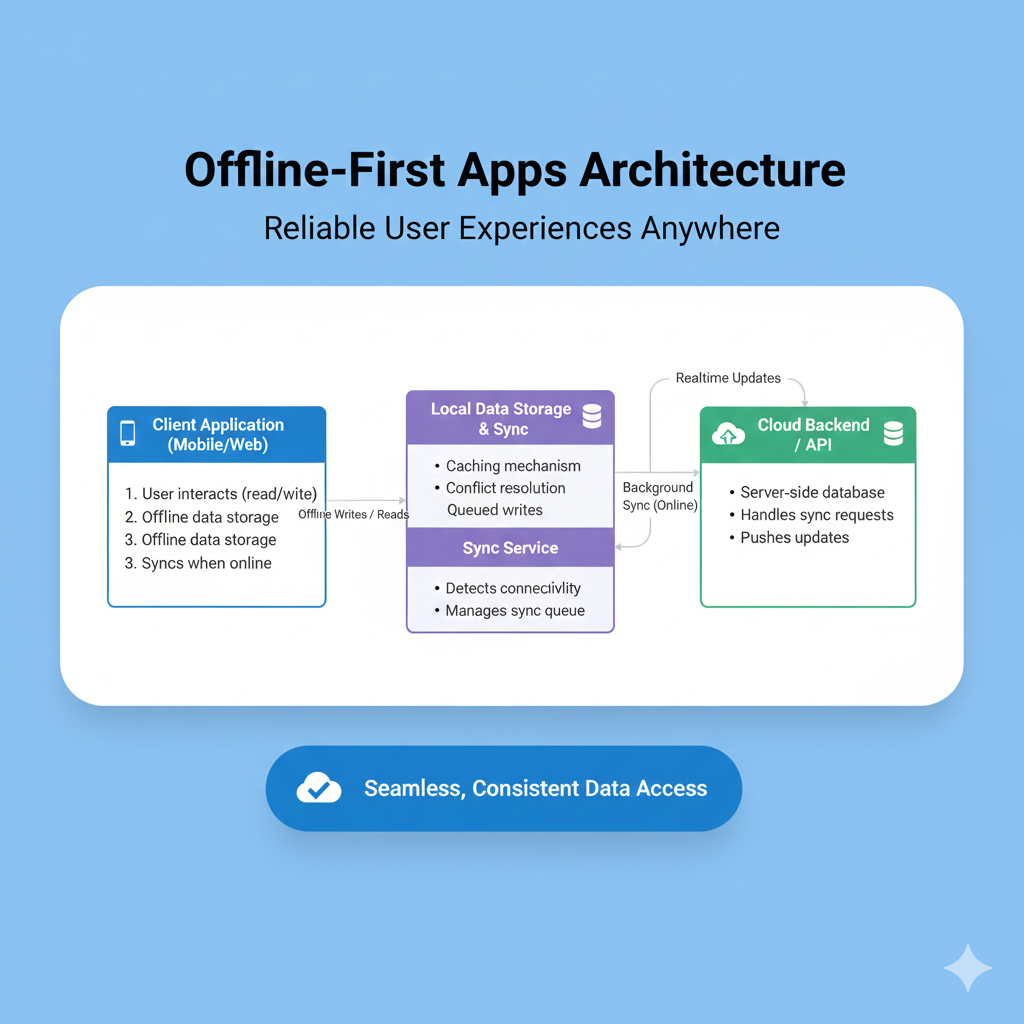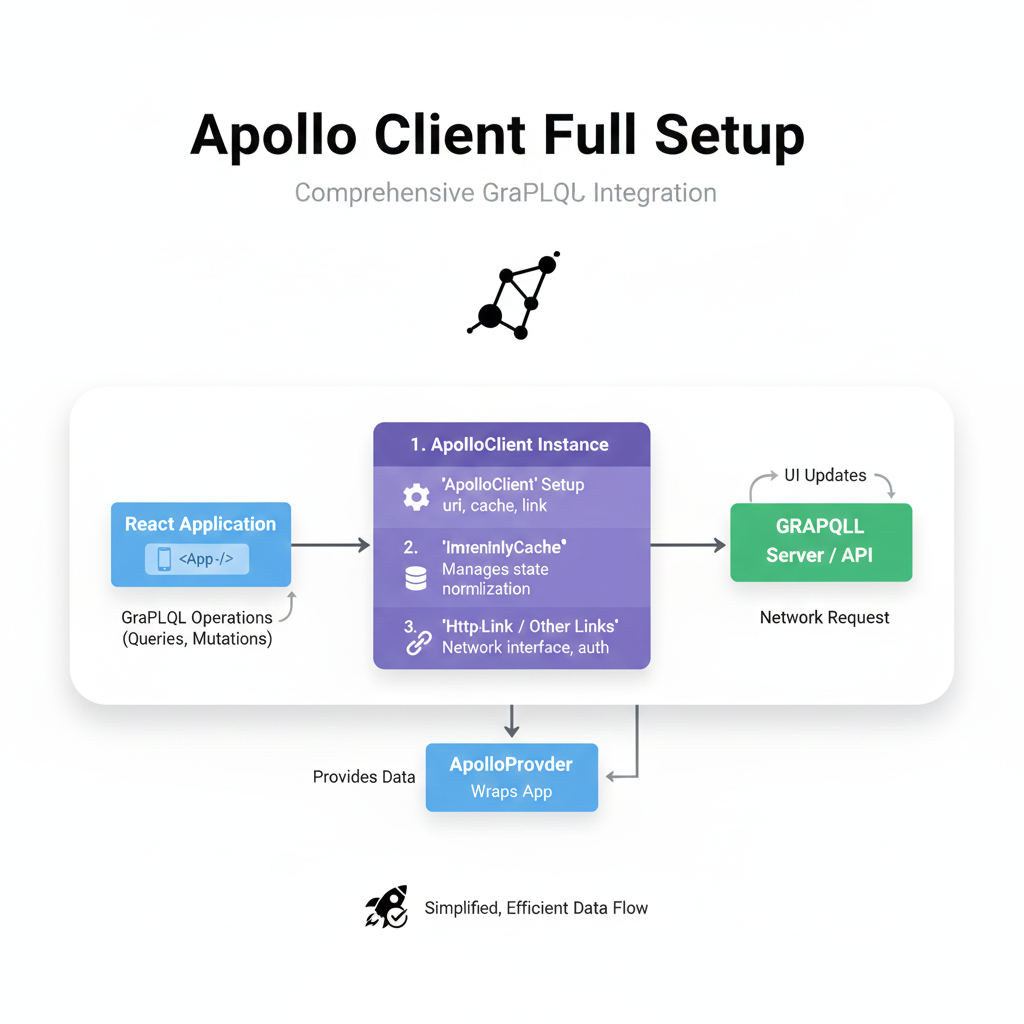Level Up Your React Native Game: The Best IDEs & Tools for 2025
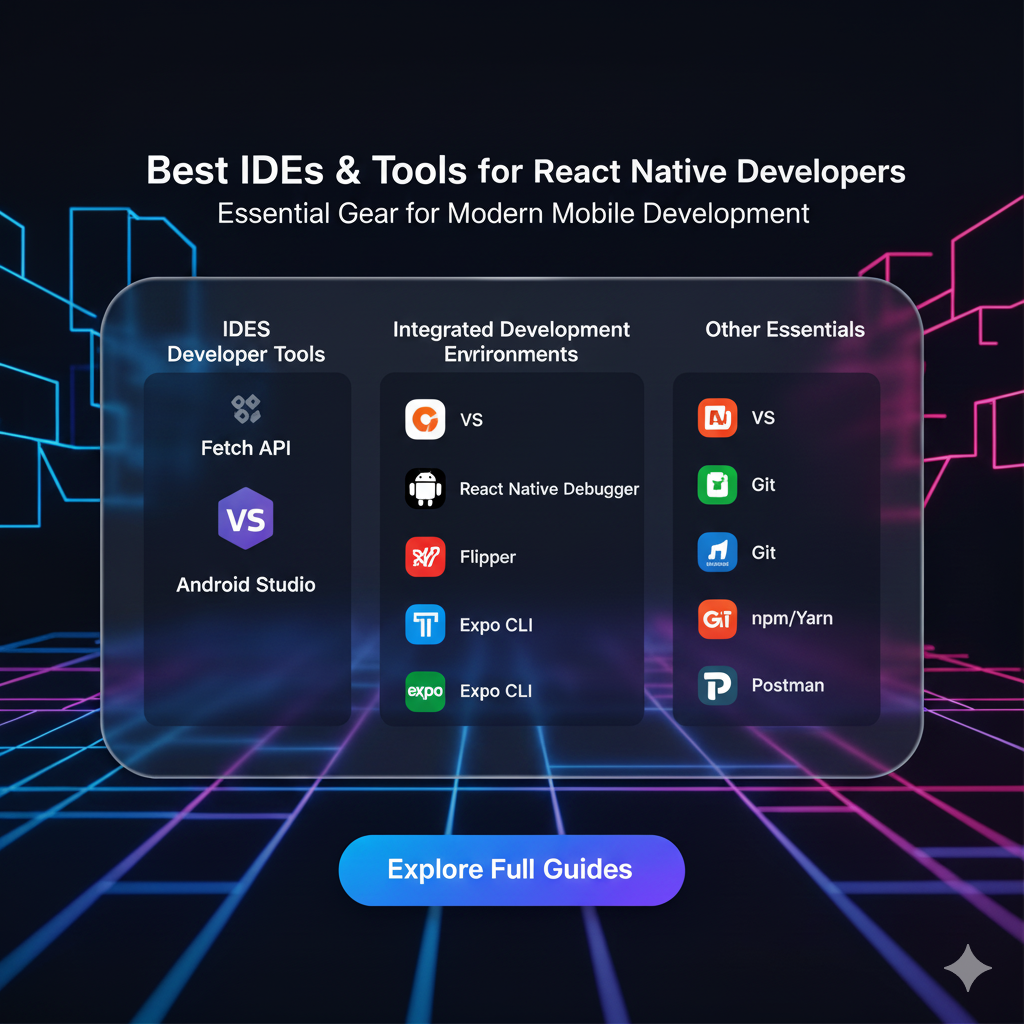
Struggling to choose the right tools for React Native? We break down the best IDEs, debuggers, navigation libraries, and more to supercharge your mobile app development workflow.

Level Up Your React Native Game: The Best IDEs & Tools for 2025
Level Up Your React Native Game: The Best IDEs & Tools for 2025
Alright, let's be real. Building a slick, cross-platform mobile app is no small feat. You’ve got state to manage, APIs to call, UI to polish, and a dozen other things that can make your head spin. But here's the secret sauce of every successful React Native developer: their toolkit.
The right set of tools isn't just a luxury; it's a straight-up superpower. It can turn a frustrating debugging session into a quick fix, a messy codebase into a clean, maintainable masterpiece, and a slow development grind into a smooth, fast-paced workflow.
So, whether you're a newbie just dipping your toes into the React Native world or a seasoned pro looking to optimize your setup, this guide is for you. We're going deep on the absolute best IDEs and tools that will make your life infinitely easier in 2024.
The Main Event: Choosing Your Code Playground (The IDE)
Your Integrated Development Environment (IDE) is your home. It's where you'll spend 90% of your time. Picking the right one is crucial.
1. Visual Studio Code (VS Code) - The Undisputed King
Let's not beat around the bush. VS Code is, by a huge margin, the most popular editor in the React Native community. And for good reason. It's free, incredibly fast, and its power comes from its massive extension ecosystem.
Why Devs Love It:
Extensions Galore: You can customize it to do almost anything.
Integrated Terminal: Keep your command line right inside the editor. No more switching windows.
IntelliSense: This is a game-changer. It provides smart completions based on variable types, function definitions, and imported modules.
Built-in Git Support: See your changes, commit, and push right from the editor.
Must-Have Extensions for React Native:
ES7+ React/Redux/React-Native Snippets: This will save you hours of typing. Just type
rnfand press tab to generate a functional component. Magic.React Native Tools: Microsoft's official extension. It provides debugging, commands to run your app, and IntelliSense for React Native.
Prettier - Code formatter: Stop arguing about code style. Prettier automatically formats your code on save. It's a non-negotiable for professional teams.
Auto Rename Tag: Rename a JSX tag, and the closing tag renames automatically. A simple but life-altering extension.
Real-World Use Case: You're building a new screen and need to create a list of items. With the snippets extension, you can generate a ScrollView or FlatList structure in seconds, allowing you to focus on the data and styling logic.
2. WebStorm - The Powerhouse (Paid)
If you're part of a large enterprise or just love the JetBrains suite of products (like IntelliJ IDEA), WebStorm is a fantastic, albeit paid, alternative. It's more of an "out-of-the-box" experience compared to VS Code's "build-your-own" philosophy.
Why Devs Love It:
Deep JavaScript Understanding: Its code analysis and refactoring tools are top-tier.
Seamless IDE Integration: Everything from version control to the terminal is integrated seamlessly without needing to hunt for extensions.
Superior Debugging: The debugging experience is incredibly visual and intuitive.
Built-in Support for Everything: It has top-notch support for React, TypeScript, Styling, and GraphQL built right in.
The Verdict: VS Code is free and incredibly powerful with a little setup. WebStorm is a premium, all-in-one solution that works brilliantly from day one. You can't go wrong with either, but VS Code's zero-cost entry and massive community give it the edge for most.
The Essential Toolkit: Beyond the Code Editor
Your IDE is your base, but a carpenter needs more than just a workbench. Here are the tools you need in your belt.
1. State Management: Redux Toolkit (RTK) & Zustand
State management can be a nightmare if not handled properly.
Redux Toolkit (RTK): For years, Redux was the king, but it was notorious for being verbose and complex. Redux Toolkit is the official, opinionated way to write Redux logic. It drastically reduces the boilerplate code and includes best practices by default. Use this for large, complex applications where you have a significant amount of global state that needs to be tracked and managed.
Zustand: If you find Redux a bit too heavy for your needs, meet Zustand. It's a minimal, un-opinionated state management solution. The API is incredibly simple, and you can get a global store set up in less than 10 lines of code. It's perfect for mid-sized apps or when you just need to share a few pieces of state across components without the Redux overhead.
2. Navigation: React Navigation
You can't have a mobile app without moving between screens. React Navigation is the de-facto standard library for routing and navigation in React Native apps. It provides a native-like feel on both iOS and Android and is incredibly customizable.
Best Practice: Use the latest stable version and familiarize yourself with its native stack navigator for the best performance, as it uses native screen components under the hood.
3. Debugging: React Native Debugger & Flipper
Console.log is cool, but professional developers need more.
React Native Debugger: This is a standalone app that combines the Chrome DevTools with the Redux DevTools. It's a one-stop shop for inspecting your JavaScript, checking your Redux store state and actions, and viewing network requests.
Flipper: Created by Meta (Facebook), Flipper is the modern standard for debugging React Native apps. It's a platform for debugging mobile apps, and it has a rich plugin ecosystem. You can inspect your layout, view logs, monitor network traffic, and even debug your database (if you're using something like Realm). It's a must-learn tool.
4. Styling: Styled-Components & NativeWind
While React Native's StyleSheet is great, these libraries can level up your styling game.
Styled-Components: This library lets you write actual CSS in your JavaScript files. It allows you to create reusable, self-contained components with their own styles. It's fantastic for maintaining a scalable and clean codebase.
NativeWind: If you're a web developer who loves Tailwind CSS, this is for you. NativeWind lets you use Tailwind utility classes directly in your React Native components. It's a huge productivity booster and ensures design consistency.
Putting It All Together: A Real-World Dev Workflow
Imagine you're building a new feature for an e-commerce app—a user profile screen.
You open VS Code. You type
rnfto generate a new functional component skeleton.You need to fetch user data. You dispatch an action using
RTK Query(part of Redux Toolkit) to fetch the data from your API. The state is automatically updated in your Redux store.You set up the navigation. You add the new
ProfileScreento your stack navigator inReact Navigation.You style the component. You use
NativeWindto quickly add classes likeflex-1,p-4, andbg-whiteto style your container, making it fast and consistent with your design system.Something's not working. You open
Flipperto inspect the network request, check if the correct data is in the Redux store, and use the layout inspector to see why yourFlatListisn't scrolling properly.
This seamless integration of tools is what makes development efficient and, dare we say, enjoyable.
FAQs (Frequently Asked Questions)
Q1: I'm just starting with React Native. What's the one tool I should install first?
A: Visual Studio Code with the ES7+ Snippets and React Native Tools extensions. This trio will give you the best head start.
Q2: Is Expo still a good choice in 2024?
A: Absolutely! Expo provides a fantastic set of tools and a simplified workflow, especially for getting started quickly and for building simpler apps. With the "Expo Prebuild" method, you can still eject to a bare workflow and use any native module, giving you the best of both worlds.
Q3: Do I really need a state management library like Redux Toolkit for a small project?
A: Probably not. React's built-in useState and useContext hooks can handle state for many small to medium-sized applications perfectly well. Only introduce Redux Toolkit or Zustand when you feel your component state is becoming too complex to manage with prop drilling or context.
Q4: What about testing?
A: A solid testing strategy is crucial. Start with Jest for unit testing your JavaScript logic and React Native Testing Library for testing your React components. For End-to-End (E2E) testing, Detox is a popular choice for simulating user behavior in a production-like environment.
Conclusion: Build Your Arsenal
The React Native ecosystem is rich and constantly evolving. The tools we've covered—VS Code, Redux Toolkit, React Navigation, Flipper—represent the current gold standard for building production-ready, high-quality mobile applications. Mastering them will not only make you a more effective developer but will also significantly improve the quality of the apps you ship.
Remember, the goal isn't to use every single tool, but to curate a personalized toolkit that enhances your workflow and eliminates friction. Experiment, find what works for you, and build amazing things.
Feeling inspired to build your own cross-platform apps but not sure where to start? To learn professional software development courses such as Python Programming, Full Stack Development, and the MERN Stack (which includes React for the web, a fantastic foundation for React Native), visit and enroll today at codercrafter.in. We'll give you the structured guidance and hands-on experience you need to go from beginner to a hireable developer.
